Let Students Do the Talking
Remember when we thought teaching meant having all the answers? Plot twist: magic happens when we start letting children come up with the answers, even if they are wrong.
It’s in these moments that many of us realize something profound: our students aren’t passengers on this educational journey; they’re meant to be co-pilots.
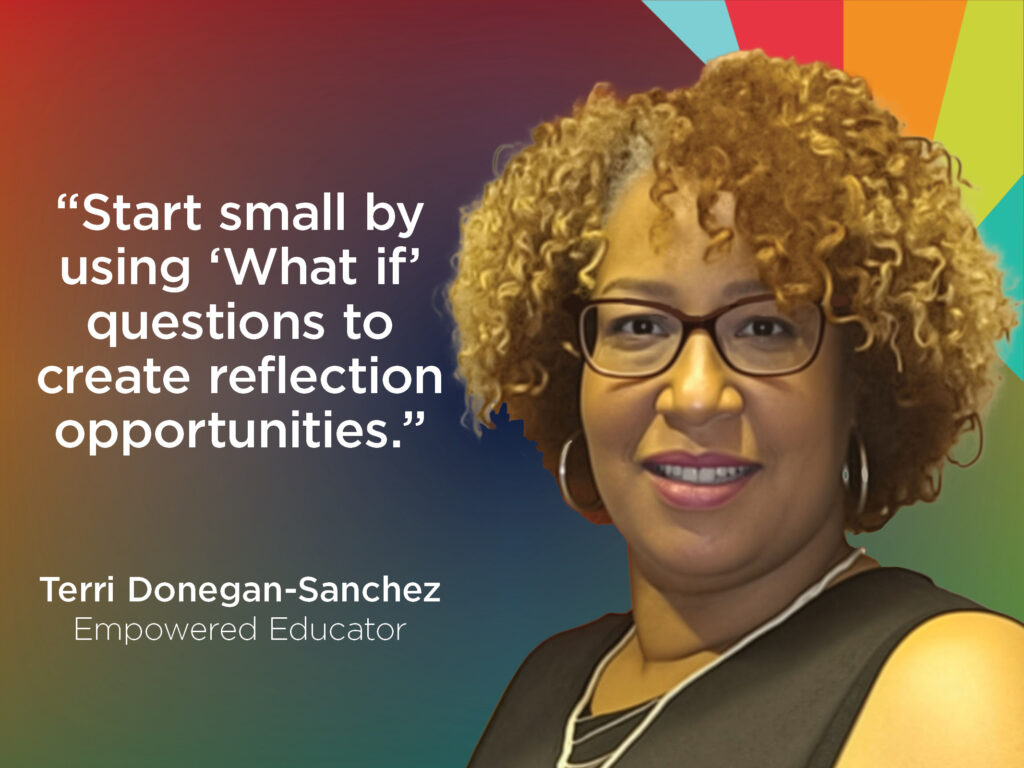
Student voice isn’t just the latest educational buzzword; it’s a fundamental reimagining of how learning happens when we move from being the “sage on the stage” to the “guide on the side”. Let’s be honest, some days we’re confused adults wondering how the students know more about technology than we do.”
Incorporating student voice into our classrooms means we’re not just checking a box on the latest professional development checklist. We’re creating an environment where students become self-directed learners, capable of identifying problems, asking meaningful questions, and pursuing solutions that matter to them and their communities.
The Benefits of Student Voice
Real student voice goes far deeper than letting students choose between creating a poster or writing an essay (which is choice not voice). It’s about creating opportunities for students to:
- Identify authentic problems in their communities that they’re passionate about solving;
- Design their own learning pathways to address these challenges;
- Collaborate with peers, experts, and community members as co-investigators;
- Reflect on and adjust their approaches based on what they’re discovering; and
- Share their findings and solutions with audiences who can use them.
Project-based learning becomes the perfect way to incorporate student voice when we structure it around authentic problems. Instead of the traditional “research a famous scientist” project, imagine students investigating issues in their own city or state. The difference is that these projects matter beyond the classroom walls. Students aren’t just demonstrating what they’ve learned; they’re learning because what they’re doing matters.
Here’s the paradox all teachers face: how do we maintain structure and ensure learning standards are met while genuinely empowering students to drive their own learning? The answer lies in becoming what I call a “strategic facilitator.” Self-directed learning isn’t about abandoning students to figure everything out on their own instead, it’s about systematically building the skills, confidence, and agency students need to drive their own learning journey.
How to Try It in Your Classroom
If you’re new to student voice or feeling overwhelmed by the idea of completely restructuring your classroom, start small by using “What if” questions and create reflection opportunities.
Tomorrow, try asking your students one simple question: “What problems do you notice in our school, our community, or our world that you wish you could help solve?”
Sometimes student choice leads to chaos, and sometimes their “authentic interests” revolve around video games and TikTok dances. Embrace the chaos. When it doesn’t go as planned, use it as a learning opportunity. Sometimes empowerment takes practice, but practice makes perfect.
When we authentically implement student voice and create self-directed learners, we’re not just improving test scores or engagement we are preparing students for a world that will require them to identify problems we haven’t even imagined yet and develop solutions using tools that don’t exist today.
This school year prioritize student voice to increase motivation and engagement while preparing students to be better decision makers.
Useful Links
If you found this article helpful, we encourage you to go deeper on this topic by:
- Learn more about Empowered and join our Educator Community
- Find “Hack My School” – and 180+ more free activities inside Empowered Hub
- Don’t have a Hub account? Create your free account for immediate access.
Like “Amplifying Student Voice”? Check out these other posts:
- ACTIVITY OF THE MONTH Identifying Transferable Skills
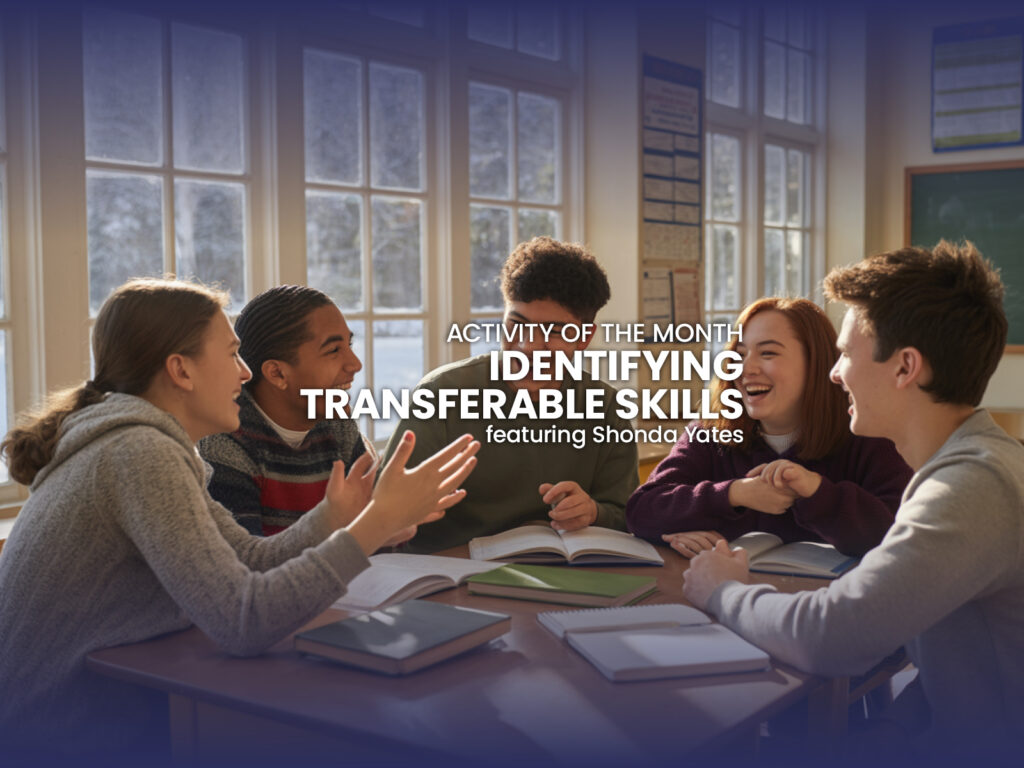 by Dre’ Helms
by Dre’ Helms - Elevate Engagement with PERTS
 by Kimberly Yates
by Kimberly Yates - BOOK REVIEW “The Power of Moments”
 by Kasey Millar
by Kasey Millar - 5 (More) Activities that Foster Student Ownership
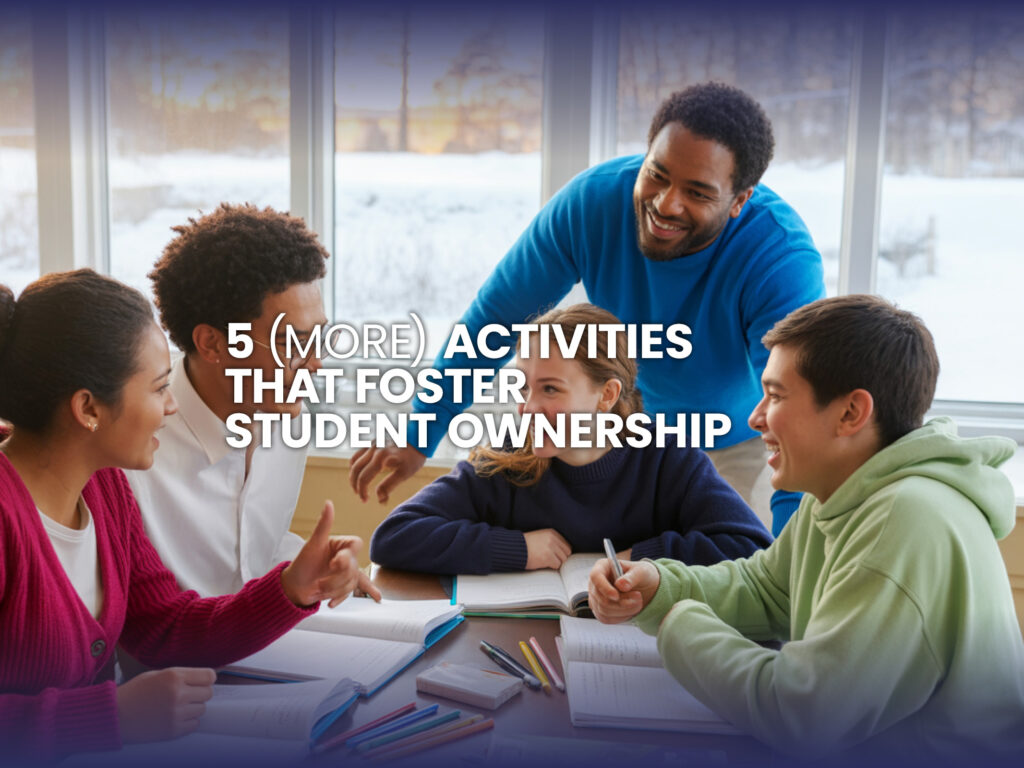 by Meredith Beal
by Meredith Beal - ACTIVITY OF THE MONTH Hack My School
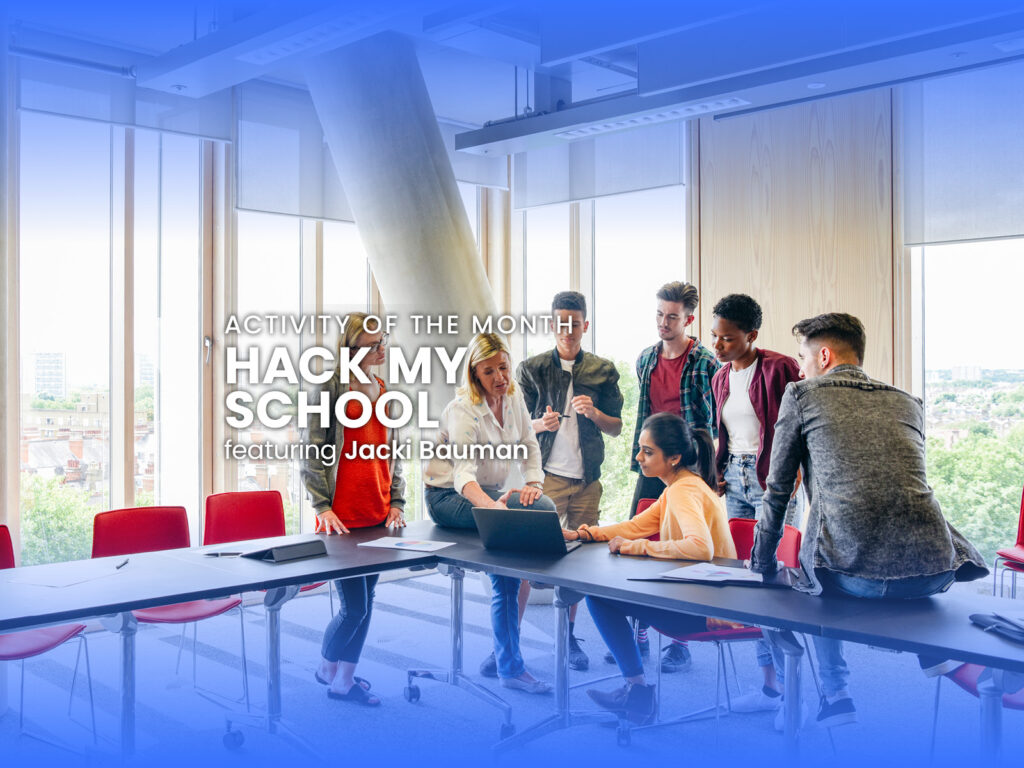 by Dre’ Helms
by Dre’ Helms - STAFF SPOTLIGHT – Jim Masker
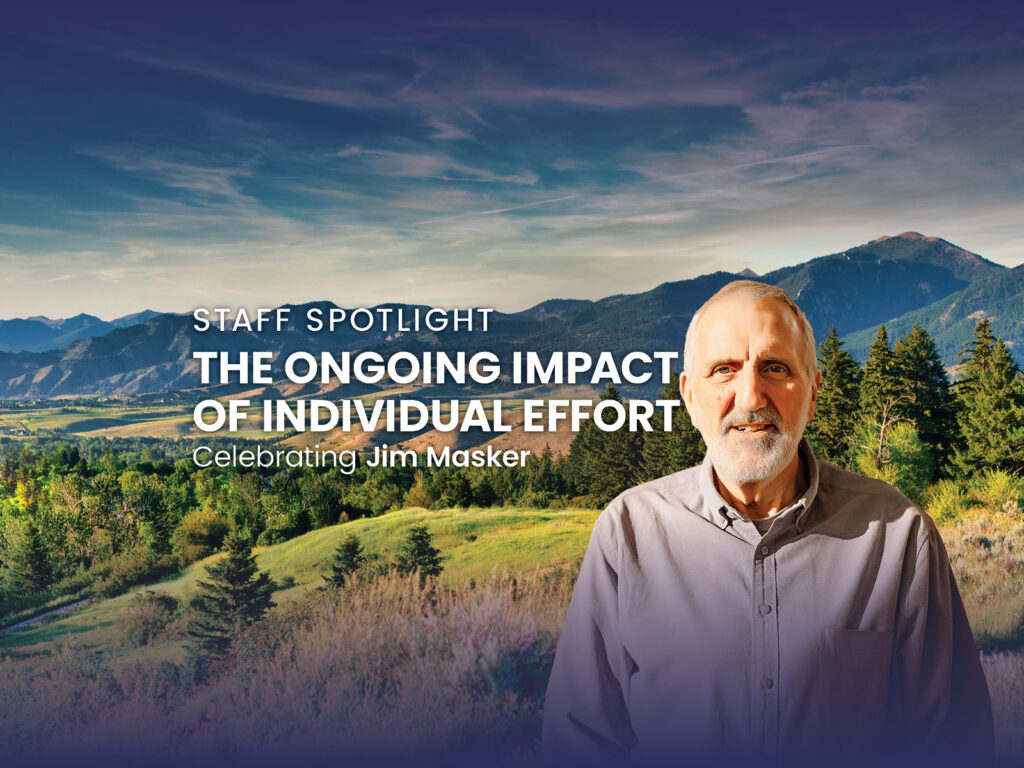 by Kimberly Yates
by Kimberly Yates
